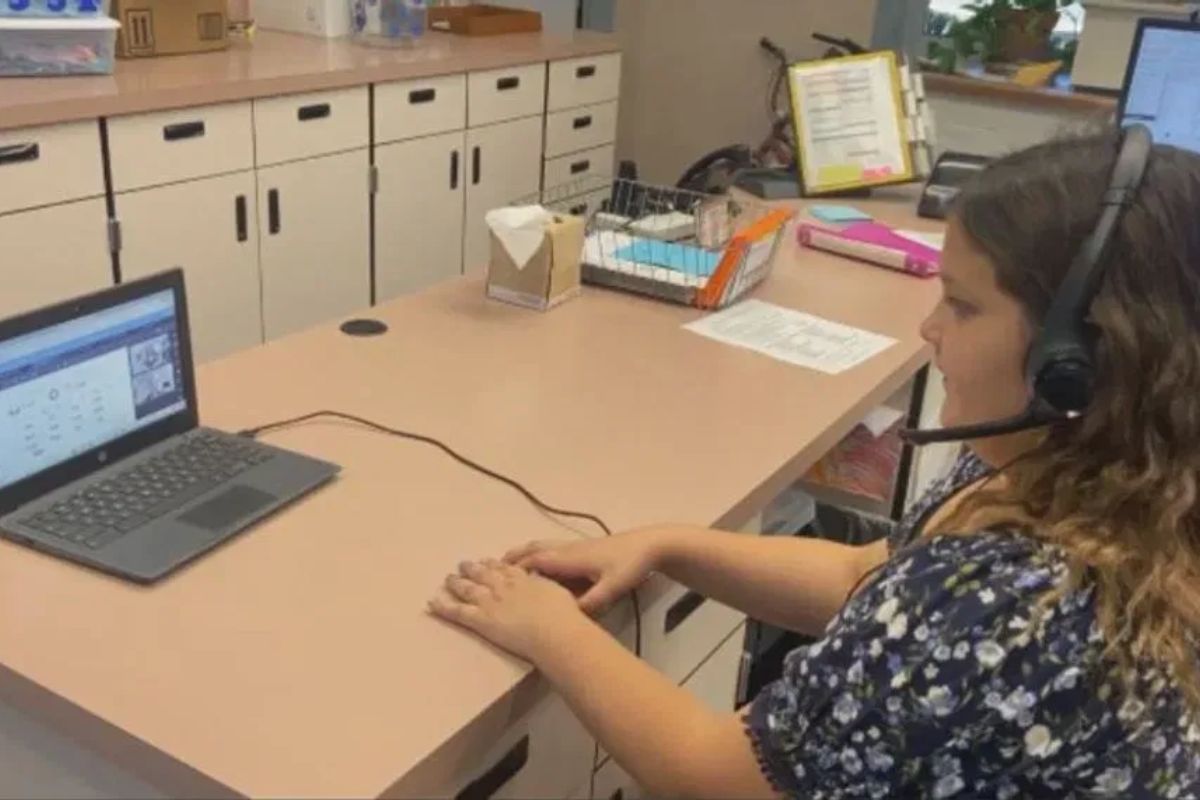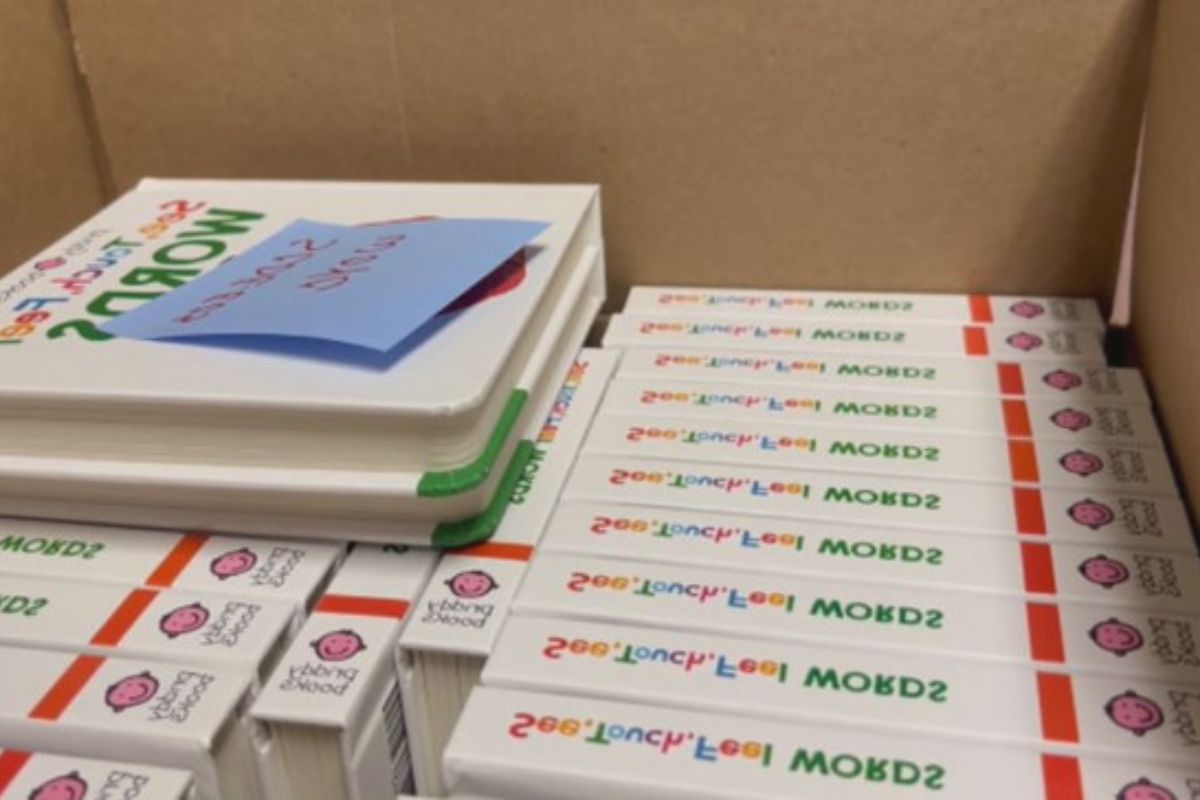New Legislation Bill Aims: You might be surprised to learn that in California, nearly half of third graders are not reading at grade level. A new bill, AB 2222, has been introduced to address this literacy crisis. This legislation aims to implement evidence-based literacy instruction in schools across the state. The impact of this bill is already being felt in places like Shasta County, where literacy rates are below the state average. The response from local educational authorities has been positive, sparking interest in how this legislation could transform the educational landscape.
Key Takeaways
- AB 2222 targets California’s childhood literacy crisis with evidence-based reading programs.
- Emphasizes ‘The Science of Reading’ to improve phonemic awareness, fluency, and comprehension.
- Aims to establish a standardized literacy framework to boost academic success.
- Seeks to transform literacy education by addressing low reading levels and promoting effective interventions.
Introduction to AB 2222 and Childhood Literacy Crisis
Amidst California’s troubling literacy crisis, the introduction of AB 2222 signifies a crucial step towards addressing the pressing issue of childhood literacy in the state. AB 2222, a new bill in the California State Assembly, aims to combat the alarming crisis in childhood literacy, especially among the state’s youngest students. This bill comes at a critical time when California is grappling with one of the lowest literacy rates in the nation, significantly impacting the educational prospects of children.
AB 2222 focuses on implementing targeted programs and interventions to support early literacy development, recognizing the pivotal role that proficient reading skills play in a child’s academic success. By addressing literacy concerns at a young age, this bill seeks to lay a strong foundation for future learning and achievement. Through strategic initiatives and resources, AB 2222 aims to improve literacy outcomes and equip California’s children with the essential skills needed to thrive academically and beyond.
Alarming Statistics on California’s Literacy Rates
California’s literacy crisis is underscored by alarming statistics that reveal persistently low reading levels among the state’s youngest students. According to the Pacific Research Institute, California’s literacy rates rank among the lowest in the nation. It’s concerning that a majority of the youngest students have been reading below the expected level for the past five years. Marshall Tuck, CEO of EdVoice, stresses the vital role of literacy as the key to unlocking knowledge and opportunities for these children. These statistics highlight the urgent need for effective interventions to improve literacy outcomes in California.
The data paints a stark picture of the challenges faced by young learners in the state. Without proficient reading skills, students may struggle not only academically but also later in life as they navigate a world where literacy is fundamental to success. Addressing these low literacy rates is crucial to ensuring that California’s children have the tools they need to thrive in school and beyond.
The Science of Reading and AB 2222
Advocates for literacy reform in California are pushing for the integration of ‘The Science of Reading’ into all curricula through AB 2222, a bill introduced by Assemblywoman Blanca Rubio. This bill, supported by EdVoice, aims to combat the state’s literacy crisis by emphasizing evidence-based reading instruction. ‘The Science of Reading’ approach delves into how people learn to read, focusing on phonemic awareness, phonics, fluency, vocabulary, and comprehension.
By incorporating this method into all California curricula, educators can provide a solid foundation for literacy skills. The comprehensive nature of this approach doesn’t restrict districts from choosing teaching methods but ensures a standardized framework is in place. Assemblywoman Rubio, drawing on her experience as a former teacher, highlights the necessity of a unified strategy to improve reading outcomes across the state.
With AB 2222, the goal is clear: equip students with the essential tools to become proficient readers, setting them up for success both academically and in life. The Science of Reading isn’t just a theory; it’s a research-backed approach that has the potential to transform literacy education in California.
Local Impact: Shasta County’s Literacy Statistics
Shasta County’s literacy statistics paint a concerning picture, shedding light on the pressing issue of childhood literacy within the region. Last year, a mere 41% of third-graders in Shasta County met or exceeded the average reading level, indicating a significant gap in literacy attainment. Megan Johnson, program coordinator for First Five Shasta, emphasizes the critical need to establish a robust literacy foundation by third grade to ensure academic success and future opportunities.
The low percentage of students meeting reading level expectations underscores the challenges faced by educators and families in promoting early literacy development. Addressing this issue is vital not only for individual students but also for the community as a whole, as literacy forms the cornerstone of educational achievement and future prospects. Collaborative efforts between schools, parents, and community organizations are essential to improve these statistics and provide all children in Shasta County with the literacy skills necessary for success.
Also Read: California Broadband Boom: Don’t Miss Out!
Response and Interest from Shasta County’s Board of Education
With a keen awareness of the pressing literacy challenge, the Board of Education in Shasta County is actively exploring the impact of AB 2222 on the county’s literacy rates. Recognizing the severity of the issue, the Board is expressing interest in assessing how this new legislation could positively influence literacy levels within the county. By delving into the specifics of AB 2222, the Board aims to understand how it can be leveraged to enhance literacy programs and support initiatives that cater to the diverse needs of students in Shasta County.
The Board’s proactive approach highlights a commitment to addressing the longstanding problem of childhood literacy effectively. Through this exploration, the Board seeks to identify opportunities for collaboration, resource allocation, and targeted interventions that can bring about tangible improvements in literacy outcomes for students across the county. As the Board delves deeper into the potential implications of AB 2222, it stands poised to make informed decisions that could significantly impact the literacy landscape in Shasta County.
Conclusion Of New Legislation Bill Aims
As you’ve learned, AB 2222 is a crucial step in addressing California’s literacy crisis. With alarming statistics highlighting the urgent need for change, the science of reading is clear: early intervention is key. Shasta County’s Board of Education is already taking notice, showing interest in the legislation’s potential impact. By supporting initiatives like AB 2222, we can work together to ensure all children have the literacy skills they need to succeed. Let’s make a difference in our communities today.



